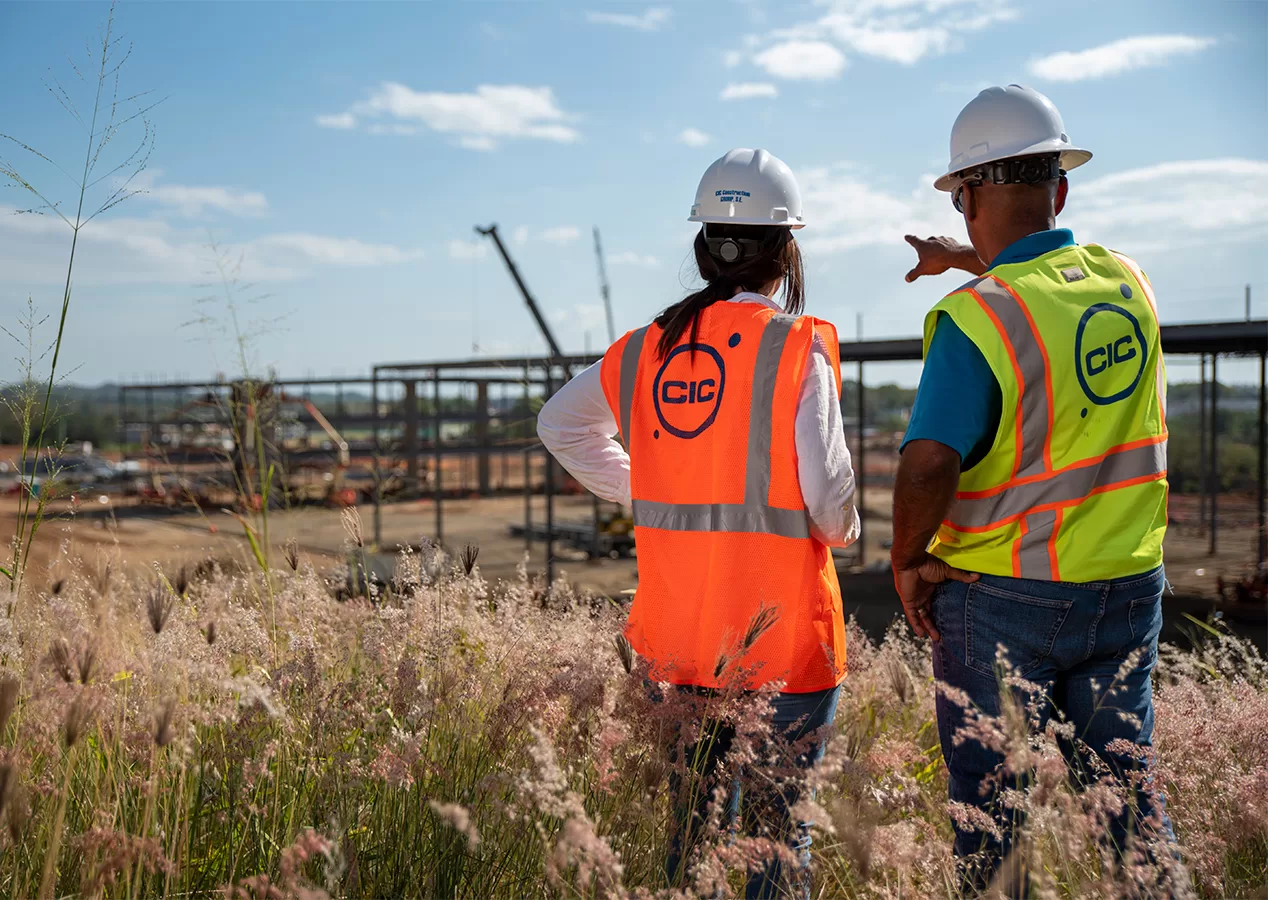



San Juan, Puerto Rico – April 13, 2022.
Construction is one of the most dangerous industries for workers in the U.S. These workers routinely are exposed to hazards on the jobsite that can lead to injuries, physical impairment, and death. With thousands of active construction sites in the country, the importance of safety cannot be overstated.
Twenty percent of all U.S. worker fatalities in the private industry are in construction, according to the U.S. Department of Labor’s Occupational Safety and Health Administration (OSHA). Yet, construction workers account for only 6% of the U.S. labor force.
In 2020, there were 4,764 fatal work injuries, the Bureau of Labor Statistics recently reported. Among the most frequently violated OSHA standards during fiscal 2020 were fall protection, respiratory protection, scaffolding and ladder requirements, eye and face protection, and machinery guarding.
Most construction-related fatalities are caused by four types of accidents.
Construction accidents can result from carelessness, equipment failure, flawed design and natural disasters, among other reasons. The Fatal Four accidents are responsible for about 60% of all deaths in the construction industry.
Falls
Falls account for 36.4% of construction deaths, according to the National Institute for Occupational Safety and Health (NIOSH). Construction work is often performed in high locations, and falls from ladders, scaffolding or rooftops can result in death.
Struck by an Object
At 15.4% of fatalities, the next leading cause of construction worker death is being struck by an object. This includes falling objects or building materials, suspended loads from cranes coming loose, and being struck by heavy machinery in motion.
Electrocutions
Electrocutions are responsible for 7.2% of construction worker fatalities. These accidents typically involve contact with power lines and other energized sources such as exposed wires or defective equipment.
Caught In/Between
The fourth leading cause of construction worker deaths, making up 5.4% of construction fatalities, occurs when workers get caught in or crushed by heavy equipment, objects or collapsing structures.
Other common construction accidents include fires and explosions, gas leaks, chemical spills, dust inhalation, trench collapses, motor vehicle accidents, and accidents due to defective tools, machinery, and safety equipment.
The many dangers involved in construction work make safety essential in this industry. Accident prevention is a must, both for human and financial reasons. Workplace injuries, illnesses and fatalities are expensive, to the tune of $170 billion a year, according to OSHA.
Safety is the most important thing in a jobsite. Besides the ethical concerns of keeping workers safe, the costs associated with an unsafe worksite can cripple a construction company. One way construction companies can reduce jobsite accidents and protect their workers is by developing, implementing, and enforcing safety programs.
An effective safety program comprises safety rules that all workers must adhere to, without exception, as well as thorough safety training and adequate safety tools and equipment. It should also include frequent jobsite inspections and audits by safety professionals, an emergency plan, regular updates of the safety protocol, and a process for reporting potential hazards or unsafe conditions and practices without fear of retaliation.
To establish and implement an effective safety program, construction companies must do the following:
Construction workers aren’t the only people who can get hurt or killed at jobsites. Many construction sites are in or near public areas. If workers or companies fail to follow proper safety protocols, any resulting accident could put bystanders at risk.
Benefits of Safety Protocols:


Construction Safety Management Systems
There was a time when construction managers used notepads, pens, and rulers to manage risk and safety on jobsites. The mindset was if it’s legal, it’s safe.
Today, construction companies use safety management systems (SMS) to run their safety programs on jobsites. An SMS is a systematic way to manage all safety-related activity on a jobsite, from hazard identification and safety protocols to safety training schedules, communication and reporting procedures, organizational deployment and accountabilities, meeting schedules, and management structures.
SMSs help companies identify and prevent accidents and occupational hazards, manage risks, continuously monitor safety performance levels, reduce costs, and comply with occupational, health and safety rules and regulations.
Examples of SMSs for construction:
Reducing workplace accidents, injuries and deaths is a top priority in the construction industry. In order to enhance safety on jobsites, construction companies use safety management systems to develop and enforce effective safety programs that protect everyone—the workers, the public and the companies.